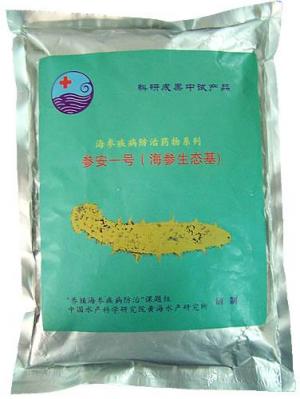1) base ecological flow in non-flood season


非汛期生态基流量
1.
Based on the unique characteristics of the Yellow River and previous research on its ecological water requirement, the present paper recommends that the water requirement for transport in the flood season and base ecological flow in non-flood season should be both included in the ecological water requirement.
通过分析黄河下游1958~2000年实测生态可用水,探讨生态需水量内涵,根据黄河特殊性及黄河生态需水量的研究现状,将维持和保护河流功能的黄河下游生态需水量分为汛期输运水量和非汛期生态基流量,在平滩流量输运能力最强的前提下,估算黄河下游汛期输运水量为80~120亿m3,根据实测资料估算作为黄河下游水量控制断面花园口水文站和作为河口地区水量控制断面利津水文站的非汛期生态基分别为80~100亿m3和50~60亿m3。
3) natural runoff in flood season


汛期天然径流量
1.
Based on the relationship between the recorded natural runoff in flood season from Lanzhou Station and the runoff data of the rivers nearby, the rings of the ancient trees and the magnitude of drought and flood therein, a 522-year runoff series at Lanzhou Station is reconstructed; for which the characteristics and variation trend of this series are analyzed herein.
依据黄河上游古树年轮、旱涝等级和相邻河流径流量等资料及其与兰州站汛期天然径流量的关系,重建522年径流量序列,分析了其历史变化特点和未来趋势。
4) non-flood period


非汛期
1.
Application of an improved time serie smodel to flow and sediment forecasting in a non-flood period;
改进的时间序列模型在非汛期水沙预报中的应用
5) non-flood season


非汛期
1.
Combining correlation analysis and GAS parameter optimizing,this paper studied on the model of medium and long term runoff forecasting for the Yellow River in non-flood season,and made forecast checking.
本文采用相关分析与GAS参数优化相结合的方法,对黄河上游非汛期径流预报模型进行了研究,并对2000~2003年的径流进行了实时预报检验,从检验结果来看,这种预报方法具有较高的预报精度。
6) ecological basic flow


生态基流量
1.
Study on the ecological basic flow in Baoji City Reach of Weihe River;


渭河宝鸡市区段河道生态基流量初步研究
2.
Conformity calculation of river ecological basic flows in the Hai He River Basin;


海河流域河流生态基流量整合计算
补充资料:生态基

生态基
生态基是一种新型的人工水质修复和维护的方法。它是一种经过处理的适合微生物生长的“床”,也就是一种新型生物载体(填料)。
生态基一旦放置于水中,立即会吸附水中各种水生生物到其表面,随着时间的推移生态基表面会附着生长微生物和藻类,这些微生物和藻类对于富营养化水体起到生物过滤和生物转换的关键作用。附着在生态基上的微生物相非常丰富,主要由细菌、真菌、藻类、原生动物和后生动物等构成复杂的生态系统。微生物体系通过自身的新陈代谢分解水中的有机物,生态基上生长的微生物可吸附水体中的富营养成分,如氮、磷、硫、碳等物质,并将这些富营养成分富集,通过不同的微生物作用,转化成为富含蛋白质、氨基酸、维生素、类胡萝卜素等的物质,这些物质成为水生动物的食物。从而夺取了蓝绿藻生长所需的营养物质,抑制了蓝绿藻的滋生,水质逐渐得到改善。
说明:补充资料仅用于学习参考,请勿用于其它任何用途。